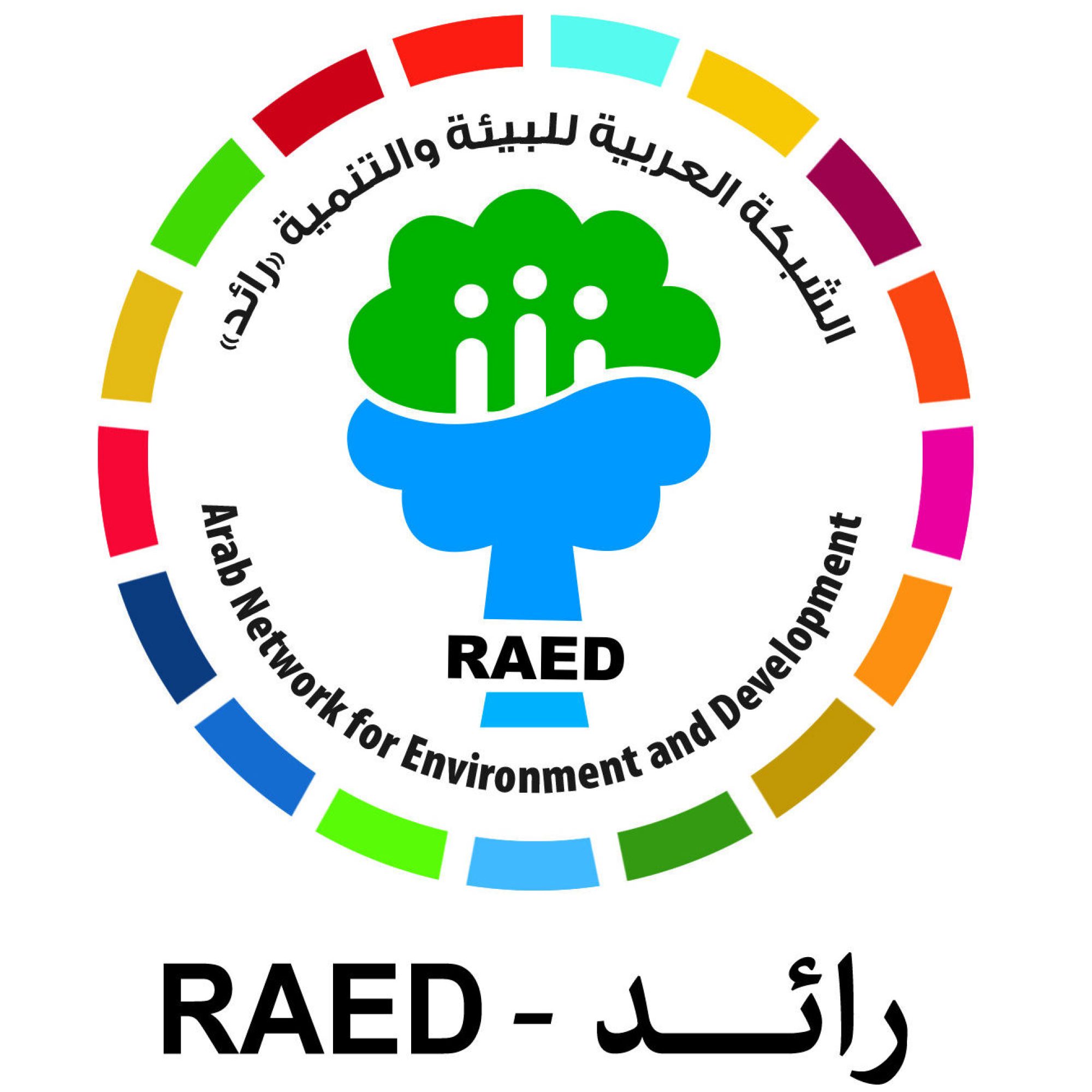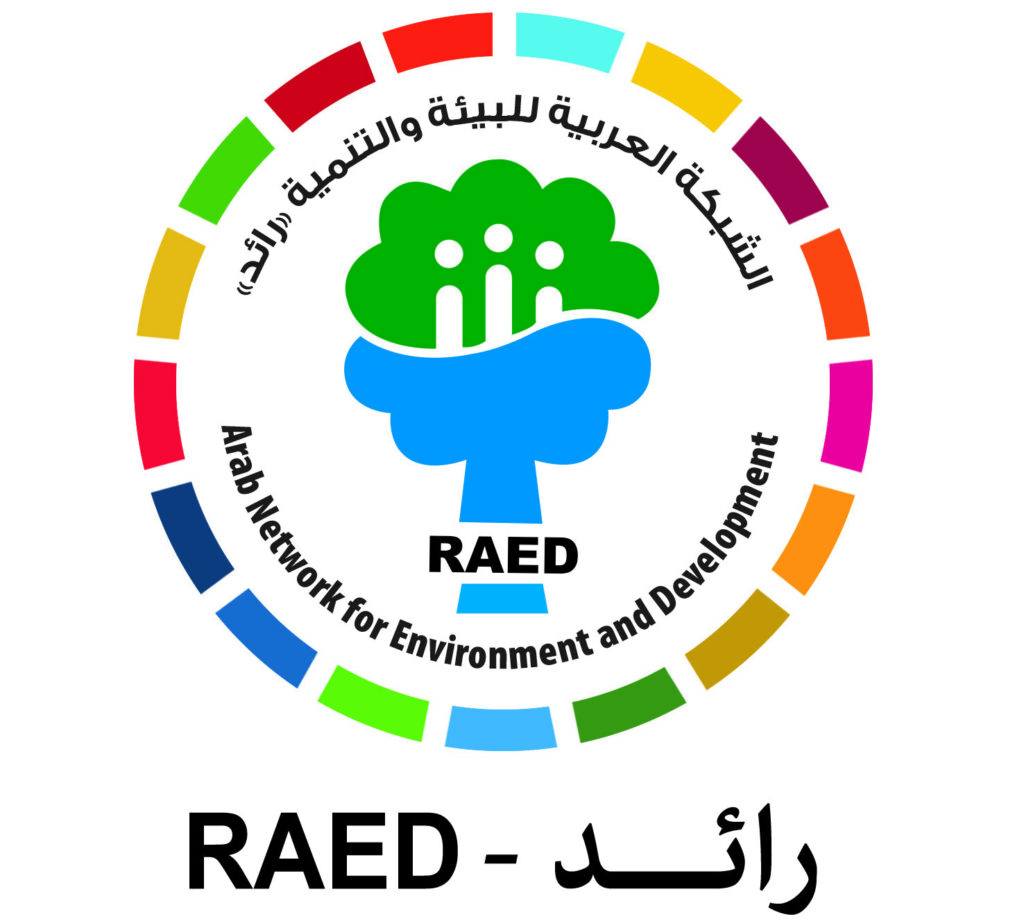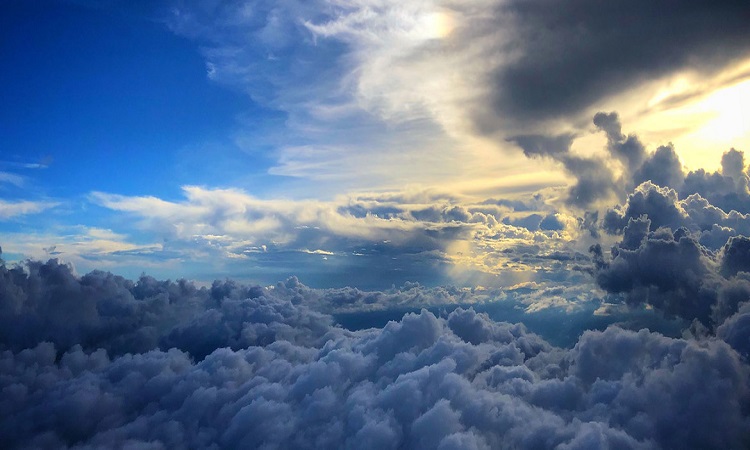The ozone hole over Antarctica reaches its peak in October 2020
The World Meteorological Organization reported that the ozone hole over Antarctica reached its peak this year, becoming one of the largest holes in recent years, and explained that in August every year, with the beginning of spring in Antarctica, the ozone hole begins to expand. It reaches its peak around October.
The European Union’s Copernicus Atmosphere Monitoring Service issued a statement during the last week of October, confirming that “the ozone hole over Antarctica is one of the largest and deepest holes in recent years.”
The gap is slowly narrowing
Ozone depletion over Antarctica was first observed in 1985, and over the past 35 years, various measures have been taken to reduce the size of the hole, such as the Montreal Protocol on Substances that Deplete the Ozone Layer, an international treaty designed to protect the ozone layer by eliminating Gradual production of many substances responsible for depletion of the ozone layer.
As a result, the ozone layer over Antarctica began to gradually recover, thanks to the imposition of restrictions on ozone-destroying halocarbon compounds, through the Montreal Protocol, as climate forecasts indicate that the ozone layer will return to 1980 levels during the year 2060.
The spokeswoman for the World Meteorological Organization, Claire Nullis, explained in a press conference, from the organization’s headquarters in Geneva, late last week, that the Montreal Protocol effectively got rid of ozone-depleting substances, and it is one of the most successful environmental treaties ever, but she stressed her saying: “However, we cannot be indifferent.”
The organization’s spokeswoman said that the ozone hole over the southern continent expanded rapidly in 2020, as of mid-August, until it reached its peak at about 24 million square kilometers in early October, before it began to gradually decline, until it currently covers 23 million square kilometers. , which is higher than the average in the past ten years, and now covers most of Antarctica.
Nolis explained that there is a large discrepancy in the extent of the development of the ozone hole each year, noting that the ozone hole this year is similar to its condition in 2018, as its area was very large, and it is described as one of the largest holes in recent years, while the hole’s width in 2019 was unusually small, and stressed that there is no room for laxity in the implementation of the Montreal Protocol, which prohibits emissions of chemicals that deplete the ozone layer.
The importance of the ozone layer
The ozone layer is a fragile shield of gas that protects the Earth from the harmful part of the sun’s rays, which helps preserve life on the planet. The “stratosphere” layer protects the Earth from most of the sun’s harmful ultraviolet rays. Experts point out that ozone depletion depends on Very cold temperatures, so the colder the temperature in the stratosphere over Antarctica, the larger the ozone hole.
The spokeswoman for the World Meteorological Organization said: “The air was below minus 78 degrees Celsius, and this is the temperature we need to form stratospheric clouds, and this process is very complex.” She added that the ice in these clouds causes a reaction that can destroy the stratospheric layer. Ozone, and “because of this, we are witnessing a large ozone hole this year,” and scientists expect the ozone hole to decline in the spring, as a seasonal event.
In 2018, the latest scientific assessment on ozone depletion, issued by the World Meteorological Organization and the United Nations Environment Programme, concluded that the ozone layer is on the path to recovery and the potential return of ozone values over Antarctica to pre-1980 levels by 2060.


